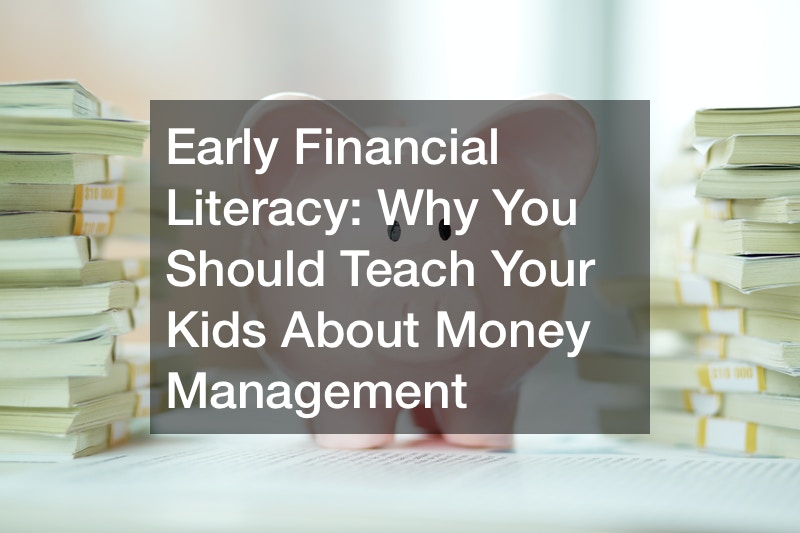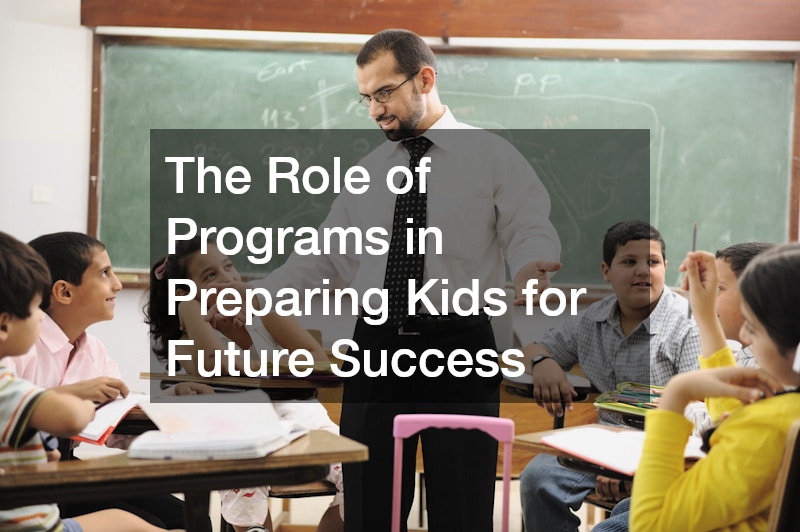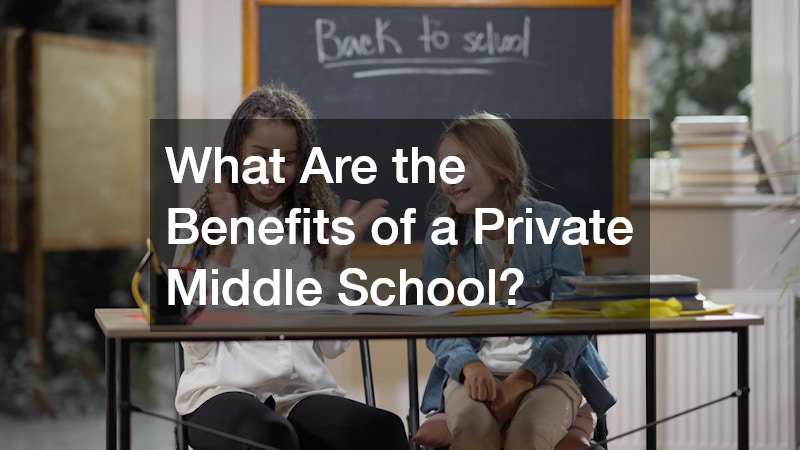How much did you learn about money when you were a kid? Chances are that you didn’t have much financial literacy at a young age. That’s because it’s not common in the United States for students to be taught about financial matters at all. This is despite the fact that Americans often expect children to move out — to either attend college or join the workforce and live independently — at the age of 18 years old.
More recently, it has become clear that this is not possible for many people, with multi-generational households becoming more common in the U.S. over time. But nonetheless, Americans become legal adults at the age of 18 and therefore they are expected to cover their own financial needs and manage their money on their own. Additionally, most Americans begin attending college at the age of 18, which is in itself a huge financial commitment. Whether an individual stays home or moves out, attends college or enters the workforce, they need to know about how to handle their finances in adulthood. This is why many Americans are pushing for classes that teach kids financial literacy in school.

Right now, an estimated 20 million Americans reach their senior years of high school without being literate in basic math. If you can’t complete basic math problems, you certainly won’t be able to take care of your finances in a responsible and consistent manner. In the past, it was taken for granted that parents would take care of teaching their kids about money management. But the reality is that many parents didn’t possess financial literacy themselves; therefore, they couldn’t responsibly teach their children. Additionally, many parents don’t have a lot of additional time to teach their children these basic skills.
It’s become clear that financial literacy classes need to be a part of school curriculums, just as much as basic math classes do. But making these classes happen will require not only a change within schools at large but changes within the technology offered to help teach financial literacy. Fortunately, that technology already exists and is rapidly developing to accommodate the needs of children today.

Why Do Children Need to Learn About Financial Literacy?
Firstly, let’s explore why teaching kids financial literacy is so important — and why it can’t wait until college or adulthood. For one thing, many people currently do not currently take financial literacy classes unless they wish to enter the finance industry. It’s true that there are many lucrative careers available within the finance industry, and intense financial literacy classes are understandably a part of pursuing such careers. But your child does not need to be interested in pursuing these careers to benefit from financial literacy classes. While your child may not want to pursue a broker dealer sponsorship later in life, basic financial literacy can ensure that that they never have to hire a bankruptcy lawyer or fall deeply into debt.
Indeed, there are a lot of issues that can arise from being financially illiterate. Many young people, as previously mentioned, begin pursuing a college education immediately out of high school. They do so because they either need college degrees to pursue their chosen careers or because they are advised that they will make more money in the future if they obtain college degrees. But is this actually the case? Some would argue that it isn’t, particularly in relation to certain liberal arts degrees.
But the big issue with attending college and obtaining a four-year degree is the amount that degree costs. A four-year college degree obtained from a public state university can still cost near or over $100,000, including room, board, and living expenses. Another big issue to remember is that scholarships and grants are available only to a select number of students. This leaves thousands of young adults taking on student loans that accumulate interest significantly over time. Therefore, they are thousands of dollars in debt at a young age, often being forced to put their loans into forbearance as they accrue more interest. The long-term consequences of this seemingly straightforward decision can be significant. And while student loan debts typically can’t be erased by filing for bankruptcy, educational debt can place many at a financial disadvantage that leads to other monetary problems.
Teaching kids financial literacy will ideally help them understand the risks that come with taking on that kind of debt early in life and allow them to make more educated financial decisions. It’s no wonder that financial planners and accountants will tell you that it’s never too early to start planning.
Additionally, teaching kids financial literacy can prepare them for the basic budgeting that comes with being an adult. Most adults, living on their own and handling their own finances, need to operate according to their own set budgets. These budgets will cover living expenses like shopping for groceries, paying rent and insurance costs, paying for gas, and more. Budgeting means that you may need to put off paying for things that are fun, like vacations or even night’s out on the town, in order to pay for what you need. When your child has a clear understanding of budgetary constraints, it will be easier for them to make healthy financial decisions, like finding an affordable dentist or knowing when starting a business would be a potentially fruitful endeavor. When children don’t understand how to make healthy financial decisions, it’s easy for them to over-spend and begin putting even their basic expenses on credit cards, quickly accumulating debt.
But for many parents, the question may be how teaching kids financial literacy will be possible. Schools and teachers are overburdened as it is, so many math teachers may not necessarily be prepared to add financial literacy to their curriculums. Fortunately, there are actually options being developed for them right now that will help incorporate financial literacy into children’s school experiences.

How Is Technology Aiding in Teaching Kids Financial Literacy?
Although app developers have created a number of different ways for adults to become more financially savvy through their smartphones, you don’t have to wait until adulthood to get a grasp on spending and saving. Different apps are also being developed to teach children about financial literacy right now. Many schools are becoming increasingly dependent on technology to ensure that children learn quickly, efficiently, and in a way that prepares them for adulthood. Children can use apps on their computers, tablets, and other platforms.
One example of a new platform that will make strides in teaching kids financial literacy has been proposed in the form of Goalsetter. Goalsetter is a platform that is specifically meant to teach kids about financial literacy and is in the beginning stages of development. It has been embraced on a real level by investors, as the developer recently announced the acquisition of $3.9 million in seed money. Not only has Goalsetter raised this money, but it’s also raised it in part from major financial institutions, gaining their support due to its innovative focus on teaching children about how to handle money from a young age. Some of these institutions included PNC Bank, Mastercard, U.S. Bank, Northwestern Mutual Future Ventures, Elevate Capital, Portfolia’s First Step and Rising America Fund, and Pipeline Angels. Additionally, prominent names like Sterling K. Brown participated in that initial round of fundraising.
Goalsetter was founded because of a recognition of the issues surrounding teaching kids financial literacy. Tanya Van Court, the founder of Goalsetter, personally understands the importance of understanding finances: she actually lost over $1 million during the 2001 financial bubble burst. The platform was launched in 2019 out of the Entrepreneurs Roundtable Accelerator and is meant to target children of all ages. This will help them learn economic concepts, as well as the principles of financial health and financial language. Van Court actually has a background in making products that appeal to children, having worked at both Nickelodeon and ESPN. This is key to ensuring that children learn as they need to, as a major obstacle to teaching kids financial literacy is making it interesting for them.
Children often struggle with basic math, which means that financial literacy can be difficult for them. However, it doesn’t have to be difficult for them to understand. In fact, financial literacy can be more interesting for children and easier for them to understand from the beginning because it applies to real life. While math is hypothetical, financial literacy involves their very real money.
Goalsetter is also meant to make it easier for parents to teach financial literacy at home, though it could potentially be used as a part of financial literacy classes taught at school. Parents are able to give allowances to their children through the app, which can help them learn about budgeting. Parents can choose quizzes for their children to take about financial literacy. Every time a child gets a question right, they will receive an amount of money pre-set by their parents. In this sense, they are literally earning their allowances. Additionally, the app will allow parents to give their children goal cards in the place of gift cards, helping them learn how to save for the future and prepare to buy what they really want.
Another option that is going to be supplied by Goalsetter is a debit card for children. While some parents may not be comfortable with the idea of having a “normal” debit card for their children to borrow, this type of debit card is specifically made for children to use. Parents will have full control over the way the card is used and they can actually lock it at any point. Some parents may also sync this locking mechanism so that children won’t be able to use the card until they’ve passed their weekly financial literacy quiz.
It’s not enough for children to learn about saving and being careful with their money. They also need to be taught about how to build wealth. Goalsetter is also going to be focused on teaching children about building their wealth, whether that’s through investing for the future or starting a new business someday. The U.S. currently has a serious wealth gap, which applies in particular to people of color. This is why Goalsetter is actually launching a campaign for Black History month, which will focus on closing the wealth gap for Black children and other children of color.

How Can Parents Teach Their Children About Financial Literacy?
There are a lot of issues that parents need to consider when teaching their kids about financial literacy. While platforms like Goalsetter can make teaching important lessons easier, parents also need to think about their own real-world experiences, as well as the kind of financial education they themselves may need before teaching their children. Expectant mothers and fathers may already be thinking about when they should broach the subject of financial literacy with their children. In many ways, they may want to start considering it as early as possible, making saving and budgeting money normal for their children through allowances. Obviously, more complex topics may need to wait until those kids are in middle or high school.
Parents should be honest with their kids about how they budget, as well as financial difficulties that they may have had in the past. If you had to sell your house for cash in the past due to financial issues, you should tell your children about that, as well as what led to those circumstances. This way, you can make the most out of your experiences and make sure that your children learn from them.
Financial literacy needs to be taken seriously, no matter what. It can eventually help your children determine what kind of mortgage financing they’ll need, as well as how to make important purchases like cars and insurance policies. This type of education will set your children up for long term success; therefore, we need to listen to professional financial planners and begin teaching our kids early.




